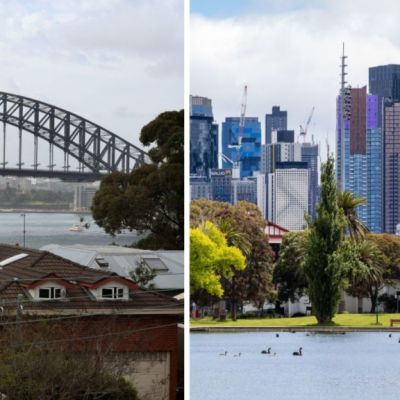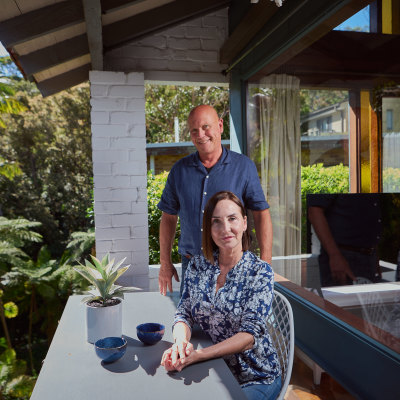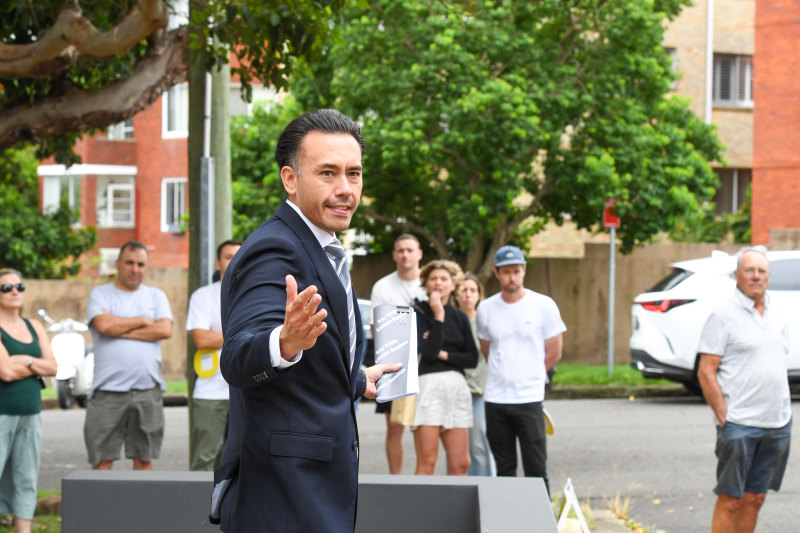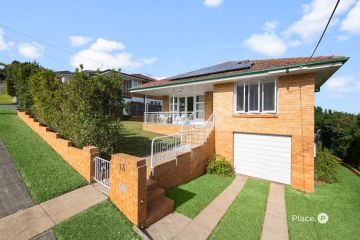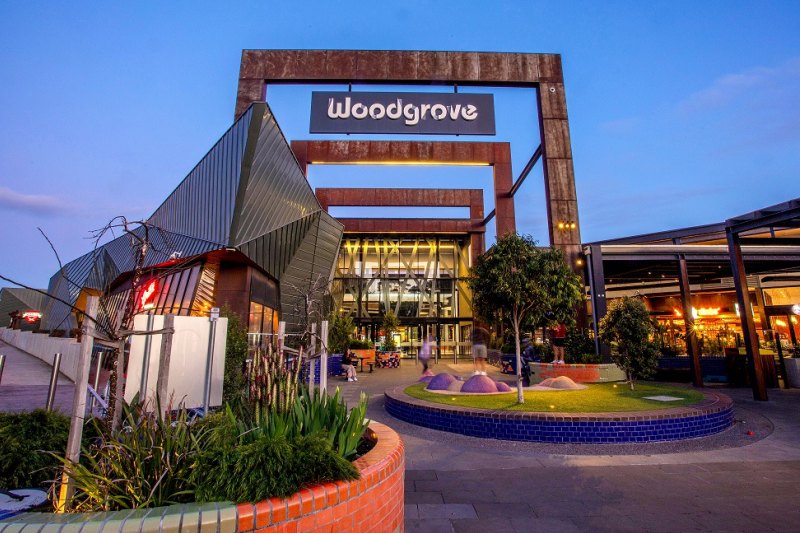Search your council area: Where millions more homes can be built
More than three million medium-density homes including townhouses, duplexes and triplexes can be built across Australian capital cities, fresh analysis shows.
Of these, almost 60 per cent would be located within two kilometres of existing train stations, according to the CoreLogic and Archistar report, The Missing Middle: The Greatest Opportunity for Medium-Density Development.
Melbourne had the largest opportunity to accommodate new homes, with an additional 1,163,118 potential medium-density dwellings that could be built.
That was followed by Sydney, which had the potential to build an additional 934,428 medium-density homes.
Melbourne’s Mornington Peninsula Shire had the most potential to add medium-density homes, according to the report, building an extra 98,367 homes with an average of 3.1 properties on each site.
Meanwhile, Sydney’s Canterbury-Bankstown Council area topped the list with the potential of accommodating an extra 85,496 medium-density homes with an average of 5.9 properties on each site.
The analysis extrapolated the potential additional homes based on what was already being developed within current zonings in different local government areas in each capital city – and the number of sites deemed available.
Potential sites include both vacant land and land with detached housing, but without a strata development on the site already, where either zoning rules or nearby development precedents permit.
CoreLogic research director Tim Lawless said the research measured the potential to house more people in medium-density homes for the first time.
“It highlights that there is a huge opportunity here,” Lawless said. “Not all of these will ever be developed – a small portion, probably – but it definitely unlocks more ammunition for this style of discussion for how to help fix Australia’s housing supply crisis.”
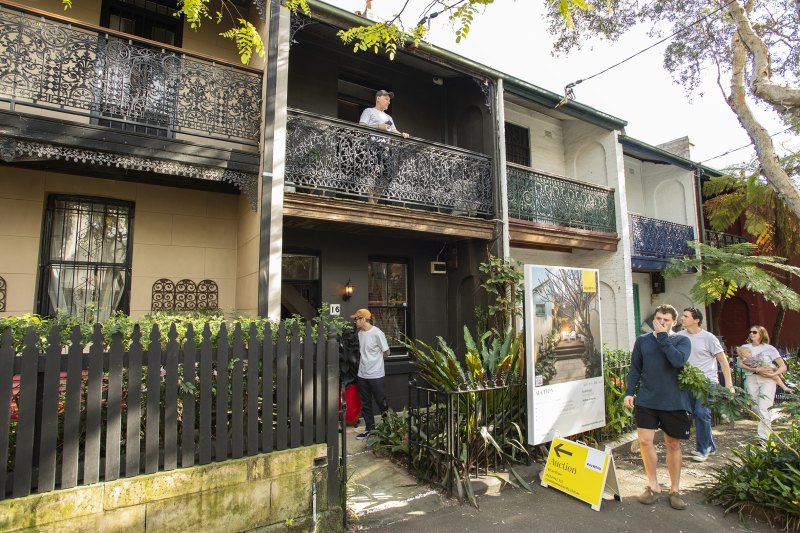
He said the research also highlighted where medium-density housing could be built to meet the government’s ambitious target of 1.2 million new well-located homes.
“It really ensures that we’re leveraging existing transport spines and nodes. But at the same time, we’re not dramatically changing the character of an area through significant levels of high-rise development,” Lawless said. “Logically, that’s where we should be seeing some level of densification along those transport spines.”
Archistar cofounder Dr Benjamin Coorey said the research also categorised potential development sites by the level of complexity to build on.
“We’re looking for the low-hanging fruit, what can be done faster. Anytime you need to amalgamate sites or join them together, that is complexity, that’s time,” Coorey said.
According to the research, 60,972 potential homes could be built on low-complexity sites in Sydney and 265,648 potential homes could be built in Melbourne in the same category.
He said the medium-density home forecasts were based on what was already being built in many local government areas.
“The only way we were able to calculate this was off precedent of what’s already existing in that suburb. These types of developments already exist in the suburbs.”
Lawless said one of the biggest hurdles would be the private sector, and whether it would build this number of homes.
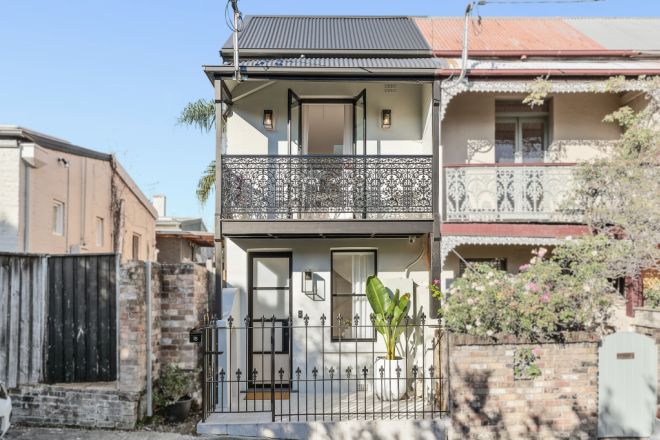
“So the 1.2 million target absolutely is ambitious, and the reason it’s ambitious is not because of a lack of opportunity to be the building. It’s really ambitious simply because it’s actually quite challenging to find feasible options … where private-sector developers can actually turn a profit. They’re in it for business.”
The Australia Institute senior economist Matt Grudnoff said there was a role for the government to build homes en masse where it was not feasible for the private sector to do so.
“Countries that have affordable housing and that don’t have housing markets that haven’t grown out of control – the one thing they have in common is the government has a large role in supplying housing,” Grudnoff said.
“Singapore is a great example … if you’re a young couple and want to buy an apartment, there is a government scheme that will sell you a cheap apartment. If you want to sell it, you have to sell it in the same scheme. You don’t get to sell it at a private market rate.”
He said Australia had relied too much on the private sector to build affordable homes when a business’s motive of turning a profit conflicts with the policy objective of making housing affordable.
The Centre for Independent Studies chief economist Dr Peter Tulip said replacing detached housing with medium-density housing was not profitable enough for most developers to embark on.
“Essentially, what you’re talking about is demolishing perfectly good housing to replace it with something only slightly greater value and the increase in value isn’t worth the destruction,” Tulip said. “The cost is high relative to the value being created.”
We recommend
States
Capital Cities
Capital Cities - Rentals
Popular Areas
Allhomes
More
